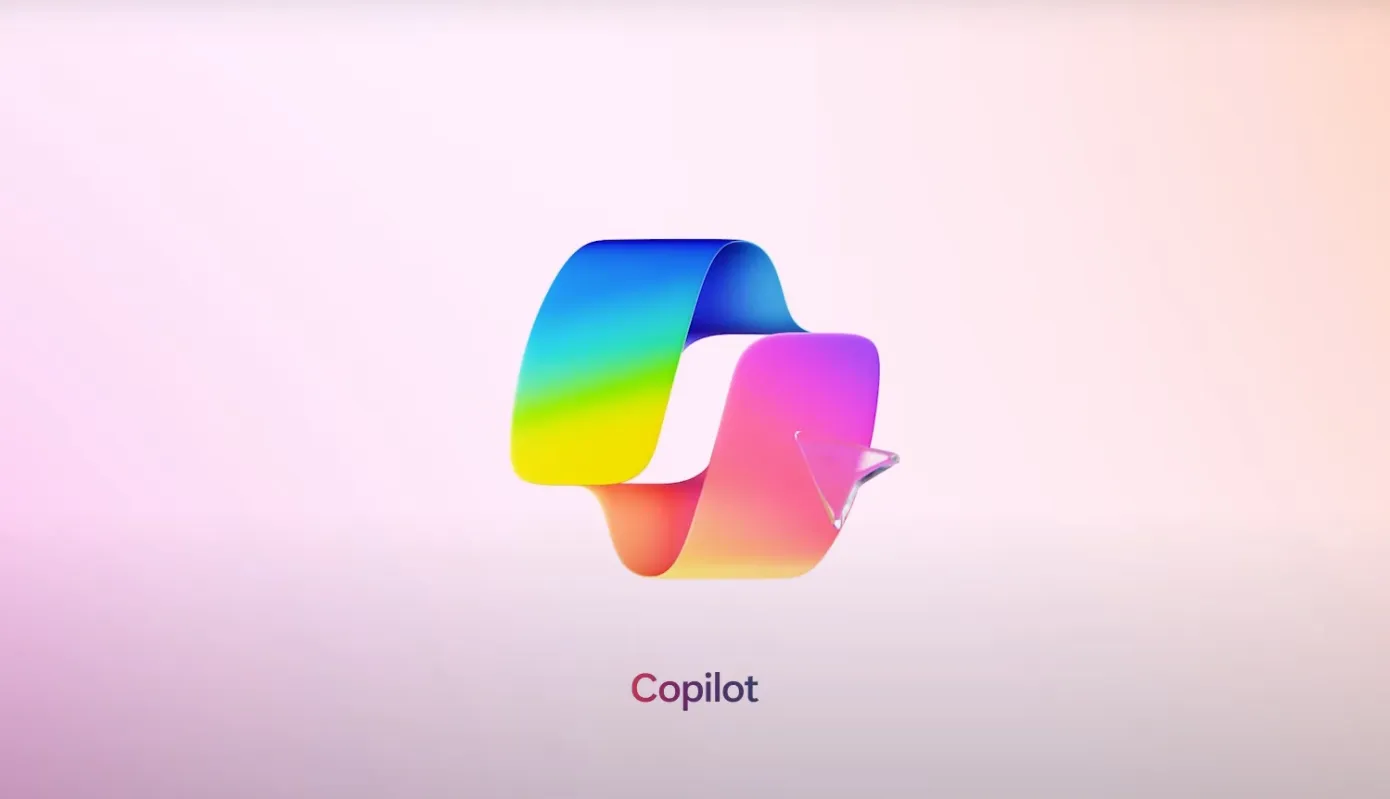Do you want to increase your productivity and imagination with artificial intelligence? If so, you might want to check out Microsoft Copilot, an AI-powered intelligent assistant that can help you with various tasks, such as coding, writing, and designing. But what if we told you that Copilot can also help create music from text? Copilot’s new music feature can turn any text you type or speak into a song, thanks to its generative AI plugin, Suno.
In this article, we will explain how the AI Music Creation Tool of Copilot works. We will show you what advantages it offers and for whom these are pertinent. Then, we’ll even give you a quick introduction to how to use its trial version yourself. Whether you are a musician, marketer, teacher, or enthusiast, Be prepared to find this instrument fascinating and fun. Looking to put text into tunes? Let’s get started!
How to use the Suno plugin?
You can only use this feature after completing Step 1, which is the first to launch Microsoft Edge. The update that unlocks the feature’s functionality is exclusive to the Microsoft Edge browser alone. Then, when you visit its homepage and sign in (we didn’t actually create an account there), click on Plugin at the top right of your screen from inside the Copilot website itself as well.) Check that Suno is active at the time of writing.
Once everything is set up, feed a text prompt into Copilot and wait long enough for it to finish. It does take the AI a while to create something according to your prompt. It took Copilot, as far as we can tell, ten minutes to write lyrics for a pop song about going on an adventure with the family. Unfortunately, we have no audio.
Copilot tells us that a link to Suno’s official website is available where we can hear the track, but when it flashed by on the screen, I couldn’t capture its URL. We then asked the AI to write another song, but it only wrote lyrics. Where there’s no sound When asked where the audio was, Copilot told us to imagine a melody in our heads or sing along out loud.
This is the first time a music-generative AI has ignored us and refused to produce any audio.
What are the benefits and applications of Copilot’s AI Music Creation Tool?
Copilot’s AI Music Creation Tool is not only a fun and innovative way to create music from text but also a useful and powerful tool for various purposes and scenarios. Here are some of the benefits and applications of Copilot’s AI Music Creation Tool:
- Saving time and effort: Copilot’s AI Music Creation Tool can help you save time and effort when creating music, especially if you are not familiar with music theory or production software. You can type or speak the text you want to turn into music and let Copilot do the rest.
- Enhancing creativity: Copilot’s AI Music Creation Tool can help you enhance your creativity by giving you access to a range of tools and algorithms that you would not have otherwise.
- Having fun: Copilot’s AI Music Creation Tool can help you have fun by allowing you to create music from any text you can think of, such as lyrics, poems, stories, or slogans.
- Making personalized songs: For example, you can use Suno Copilot’s AI Music Creation Tool to create personalized songs for yourself or others. These could be birthday songs, love songs, or motivational anthems.
- Composing jingles: Suno Copilot’s AI Music Creation Tool can help you compose jingles for your business, brand, or product, such as advertisements, podcasts, or videos. You can use the text that describes your value proposition, mission, or slogan and choose the genre and mood that matches your identity and audience.
- Creating soundtracks: Suno Copilot’s AI Music Creation Tool can help you create soundtracks for your projects. You can use the text that summarizes the plot, theme, or mood of your project and choose the genre and mood that fits the genre and style of your project.
- Learning music theory: With Suno Copilot’s AI Music Creation Tool, you can learn music theory by looking at musical elements, how harmony relates to mood, etc. You can also listen to Suno’s music and analyze the structure, pattern, and logic therein.
How the Music Feels?
Here, we went to Suno’s site for a glimpse of what the tech can do. Our experience was that the audio really did sound great. Vocal performances were surprisingly good, not wonderful. Not that they’re total gibberish like with Google’s Instrument Playground, but then again, they aren’t clear either.
We couldn’t answer how good Copilot’s musical abilities are. But if they match the base Suno model, then its creations will far surpass anything MusicGen or Instrument Playground could ever produce.
The Suno plugin has already begun to be rolled out, and it will continue for several weeks. Unfortunately, there’s no word from Microsoft about plans for the feature. We also reached out to ask if they will be addressing these issues. Music we would have loved to hear. This story will be continued at a later date.
